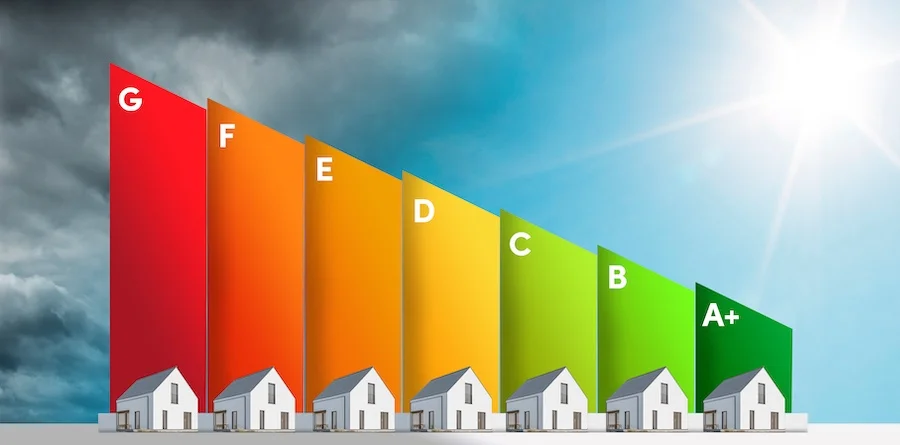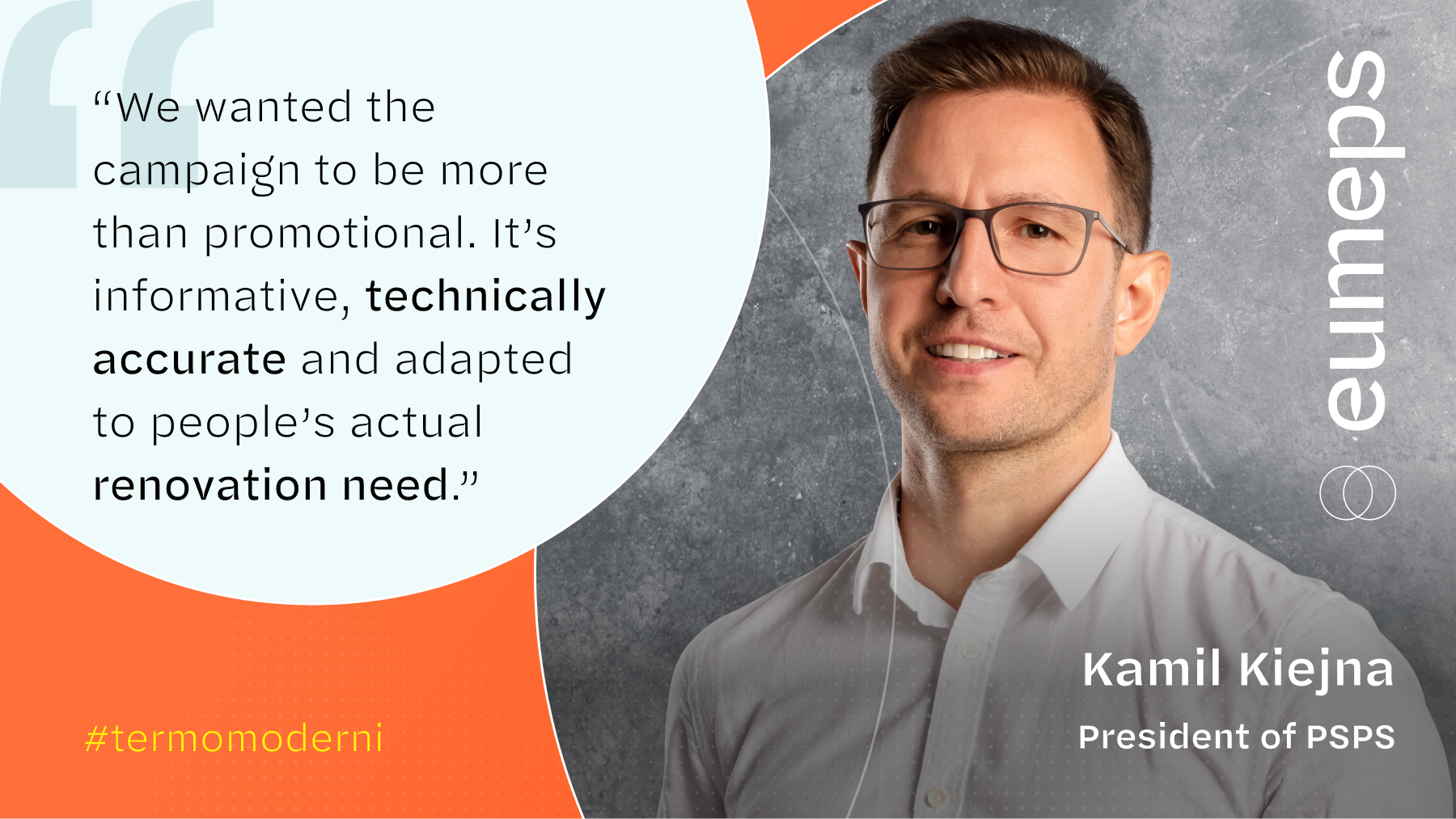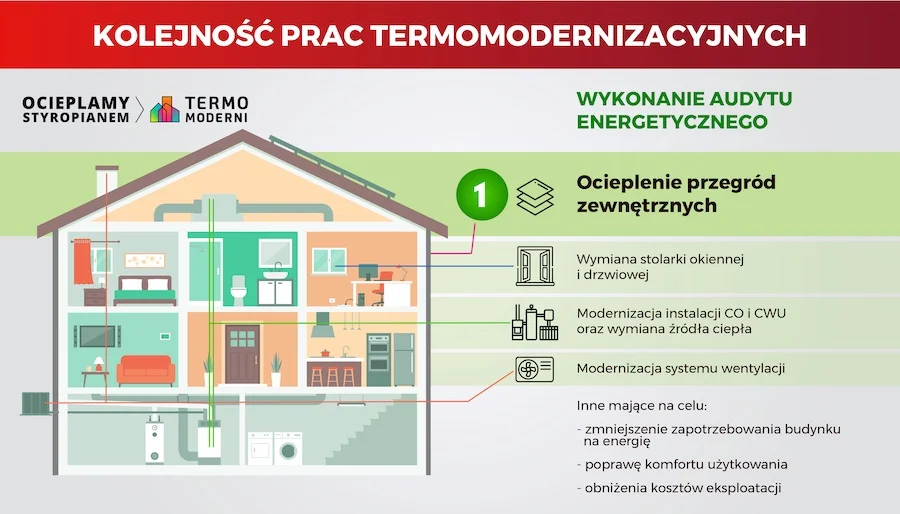In a context of rising energy costs and tightening building regulations across Europe, the Polish Association of EPS Manufacturers (Polskie Stowarzyszenie Producentów Styropianu – PSPS) has reinforced its public awareness efforts through the national TERMOMODERNI campaign. Focused on building insulation with expanded polystyrene (EPS), the initiative is both a practical and strategic response to the growing demand for sustainable renovation solutions.
The campaign seeks to inform and educate a wide range of stakeholders—homeowners, investors, architects and construction professionals—on the critical role of insulation in enhancing energy performance, reducing emissions, lowering energy bills and boosting property value. As buildings remain a major contributor to energy use and greenhouse gas emissions in Europe, the Polish campaign stands as a concrete example of how national industry associations can support the EU’s climate objectives through targeted and factual communication.
A Timely Response to Policy Shifts and Market Expectations
 From 2026, new energy performance certificates (EPCs) in Poland will categorise buildings based on their non-renewable primary energy demand, ranked from A+ to G. These ratings will become visible in property listings for both sale and rent, introducing a market-driven incentive for energy-efficient renovation.
From 2026, new energy performance certificates (EPCs) in Poland will categorise buildings based on their non-renewable primary energy demand, ranked from A+ to G. These ratings will become visible in property listings for both sale and rent, introducing a market-driven incentive for energy-efficient renovation.
In this context, thermal insulation is no longer simply an optional improvement—it becomes a strategic investment. TERMOMODERNI reinforces this message by positioning EPS as a high-performance, durable and accessible solution that aligns with evolving regulatory frameworks.
The campaign was first launched in 2024 and has since expanded its focus for 2025. As Kamil Kiejna, President of the Board at PSPS, explains:
“Our aim was to educate consumers on the essential role of insulation, particularly EPS, in improving energy efficiency. We saw too many cases where people changed their heat source without insulating their building—and ended up with even higher energy bills. EPS solves that by addressing energy loss at the source.”
The Case for EPS: Cost-Efficient, Durable and Climate-Friendly
The advantages of EPS in thermal renovation are both technical and economic. According to the campaign’s materials and supporting press coverage, EPS offers:
- Excellent insulation performance, reducing heating and cooling needs by 30% to 80%
- Minimal water absorption, thanks to a fully hydrophobic cellular structure
- High resistance to mechanical stress, ensuring long-term structural integrity
- Providing durable, effective, and safe insulation for nearly 70 years
- Lightweight composition, enabling easier, faster, and cheaper installation
- Affordability, with materials costs at least 50% lower than mineral wool and labour savings of 10–25%
- Minimal environmental impact, as EPS is 98% air, with low embodied energy and local production reducing transport emissions
- Full recyclability, supporting circular economy principles
In addition, grey EPS variants offer higher thermal resistance with reduced thickness, allowing greater design flexibility and improved daylight in retrofitted buildings—a feature increasingly valued in both residential and commercial property markets.
“EPS systems are not only efficient, they are also safer and easier to install,” notes Kamil Kiejna. “They have a lower carbon footprint than alternative materials and are particularly well adapted to the Polish climate and construction practices. That makes them a sound environmental and economic choice.”
Promoting Informed Decisions through Targeted Communication
TERMOMODERNI takes a segmented and highly targeted communication approach. Content is tailored to different age groups and professional profiles—ranging from baby boomers and Generation X to architects, contractors, and even Generation Z. Similarly, messaging is adapted to various building types, including detached houses, modern cubic designs, terraced homes, and multi-family buildings.

Since March 2025, the campaign has focused heavily on practical guidance, including:
- Correct installation methods (e.g., adhesive application)
- Selection of EPS types for different conditions (e.g., grey EPS for thin layers)
- Comparison with mineral wool regarding mechanical durability, water resistance, and cost
- Clarification of common misconceptions (e.g., the myth of “breathing walls”)
- Guidance on accessing government subsidies for thermal renovation
Content includes 15 short educational videos, articles and social media posts, all available on platforms such as YouTube, Facebook, and the association’s website.
“We wanted the campaign to be more than promotional. It’s informative, technically accurate and adapted to people’s actual renovation needs,” says Kiejna.
“By tackling practical questions and dismantling myths, we help people make better decisions—not just cheaper ones.”
Strengthening Environmental Credentials and Circular Economy Impact
 Buildings account for approximately 40% of energy consumption and 36% of CO₂ emissions in the EU. While much of the public focus lies on operational emissions, TERMOMODERNI also addresses the embodied carbon associated with building materials.
Buildings account for approximately 40% of energy consumption and 36% of CO₂ emissions in the EU. While much of the public focus lies on operational emissions, TERMOMODERNI also addresses the embodied carbon associated with building materials.
EPS offers a clear advantage in this area:
- It is produced with relatively low energy input
- It is manufactured locally in Poland, reducing transport emissions
- Its lightweight nature further cuts logistical impacts
- Its simple chemical composition enables straightforward recycling
Combined, these features make EPS insulation systems significantly more sustainable than heavier, more resource-intensive alternatives. By integrating these aspects into public messaging, the campaign helps shift focus toward whole-life performance—a priority echoed in both the EU’s Circular Economy Action Plan and national strategies.
Enhancing Property Value Through Smart Renovation
A key argument in TERMOMODERNI’s communication is the market value of insulated buildings. With EPC ratings set to become a decisive factor in real estate transactions, high-performing, well-insulated properties are likely to command higher prices and faster sales. This is especially true in the secondary market, where buyers are increasingly attentive to long-term energy costs.
In addition to technical and financial benefits, EPS also enhances aesthetic value. It allows for decorative features such as mouldings and cornices, and makes it easier to mount windows flush with the façade. For existing homes, the visual update alone can significantly increase curb appeal—a major factor in perceived value.
TERMOMODERNI is a prime example of how a national industry association can mobilise effective, factual and tailored communication to support energy efficiency goals. By promoting EPS as a high-performance, resource-efficient, and affordable insulation material, the Polish Association of EPS Manufacturers contributes not only to better buildings—but also to a more climate-resilient built environment.
The campaign aligns with European climate policy, supports energy affordability, and reflects the core principles of circular economy. As regulations evolve and public expectations rise, TERMOMODERNI offers a replicable model for how technical accuracy, practical advice and credible messaging can accelerate the energy transition across Europe’s building stock.

